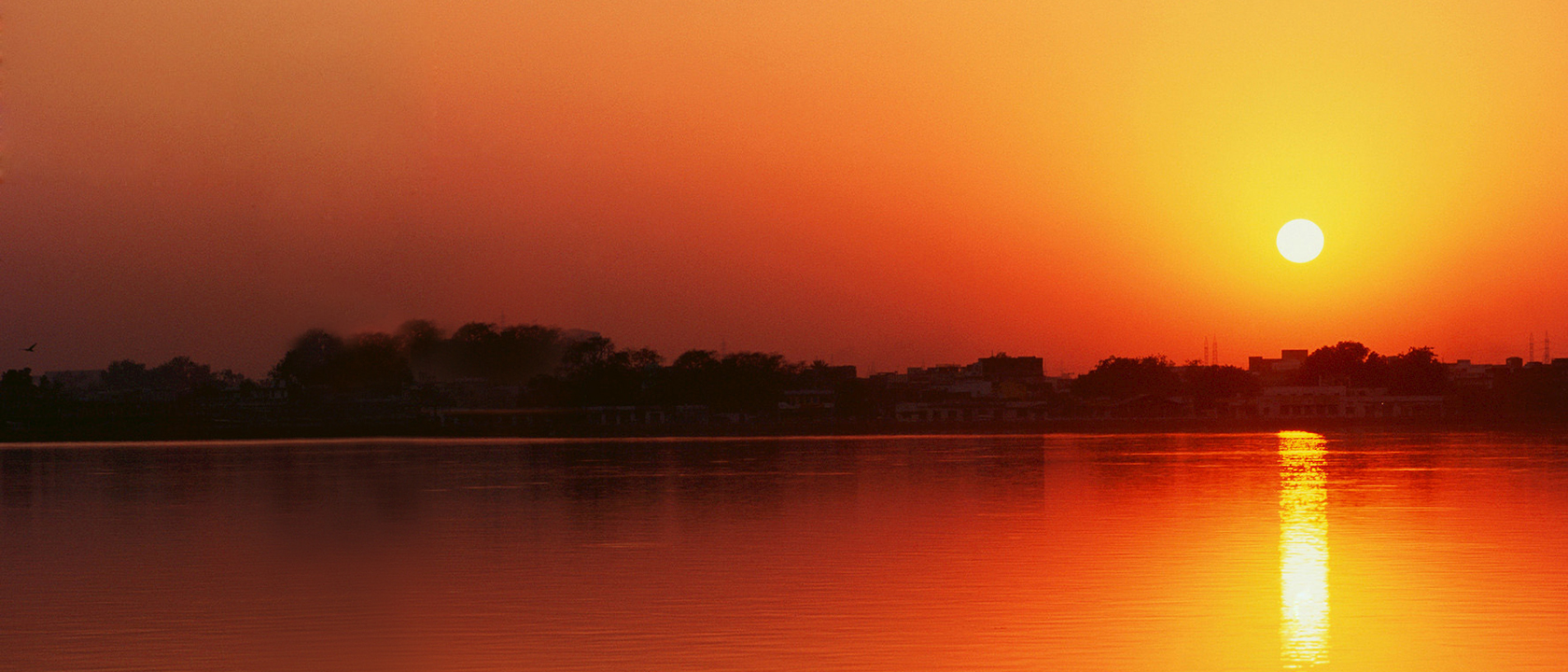
Kota is the third largest city in the state of Rajasthan and is one of the popular tourist destinations. Situated on the
banks of the Chambal River, the city of Kota is famous for its distinctive style of paintings, palaces, museums, and
places of worship. The city is known for gold jewellery, Doria sarees, silk sarees and the famous Kota stone.
The history of Kota dates back to the 12th century when Rao Deva conquered the territory and founded Hadoti. The
independent Rajput state of Kota was carved out of Bundi in 1631. The kingdom of Kota had a turbulent history as it was
raided by various Mughal rulers, Maharajas of Jaipur and even the Maratha warlords. The city of Kota is well known all
over the world for its architectural splendour comprising beautiful palaces, temples and museums which exhibit the
grandeur of the foregone era.

The history of the city dates back to the 12th century AD when Rao Deva, a Chauhan Rajput chieftain belonging to the Hada clan conquered the territory and founded
Bundi and Hadoti. Later, in the early 17th century, during the reign of the Mughal Emperor Jahangir, the ruler of Bundi - Rao Ratan Singh, gave the smaller
principality of Kota to his son, Madho Singh. Since then Kota became a hallmark of the Rajput gallantry and culture.
Diwali celebrations at medieval Kotah
The independent state of Kota became a reality in 1631 when Rao Madho Singh, the second son of Rao Ratan of Bundi was made the ruler, by the Mughal Emperor Jahangir.
[ Soon Kota outgrew its parent state to become bigger in area, richer in revenue and more powerful. Maharao Bhim Singh played a pivotal role in Kota's history, having
held a 'Mansab' of five thousand and being the first in his dynasty to have the title of Maharao. Zalim Singh, a diplomat and statesman, emerged as another prominent
figure of the state in the 18th century. Although initially being a general of Kota's army, he rose to the regent of the kingdom after the king died leaving a minor
on the throne. He remained a direct administrator of the state. In 1817, a treaty of friendship was signed between him and the British on his condition of carving out
a part from the existing state for his descendants resulting in Jhalawar coming into existence in 1838. During the colonial period, firebrand social activist Guru Radha
Kishan organised the masses against the policies of the government. He left Kota after local administration came to know about the arrest warrant
issued against him for his participation in Indian Independence activities.
Kota has a semi arid climate (Köppen climate classification BSh) with high temperatures throughout the year. Summers are long, hot and dry, starting in late March
and lasting till the end of June. The temperatures average above 40 °C in May and June and frequently exceed 45 °C with temperatures as high as 48.4 °C also been
recorded.
The monsoon season follows with comparatively lower temperatures, but higher humidity and frequent, torrential downpours. The monsoons subside in October and
temperatures rise again. The brief, mild winter starts in late November and lasts until the last week of February. Temperatures hover between 26.7 °C (max) to 12 °C
(min). This can be considered the best time to visit Kota because of intense heat in the summer.
The average annual rainfall in the Kota district is 660.6 mm.Most of the rainfall can be attributed to the southwest monsoon which has its beginning around the last
week of June and may last till mid-September. Pre-monsoon showers begin towards the middle of June with post-monsoon rains occasionally occurring in October. The
winter is largely dry, although some rainfall does occur as a result of the Western Disturbance passing over the region.
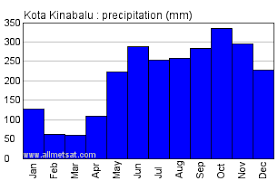

Apart from the sand dunes, lush forests and wildlife, this city is blessed with a rich cultural heritage. Festivals are celebrated throughout the year in Kota. The popular ones include the Kite Festival, Pushkar Fair, Camel Fair and Nagaur Fair. Lakshmi Puja is also celebrated in a grand manner and the entire city lights up during Diwali. Dussehra is one of the major festivals of Rajasthan and in Kota it is celebrated with great splendour and opulence. There usually is a fair and episodes from the Ramayana will be enacted on a stage. Kota is known for textile weaving, striking handicrafts, distilleries, dairy products, oilseed and cotton milling. The Kota Doria saris are made of silk or cotton in a range of colours and patterns with delicate gold threads.
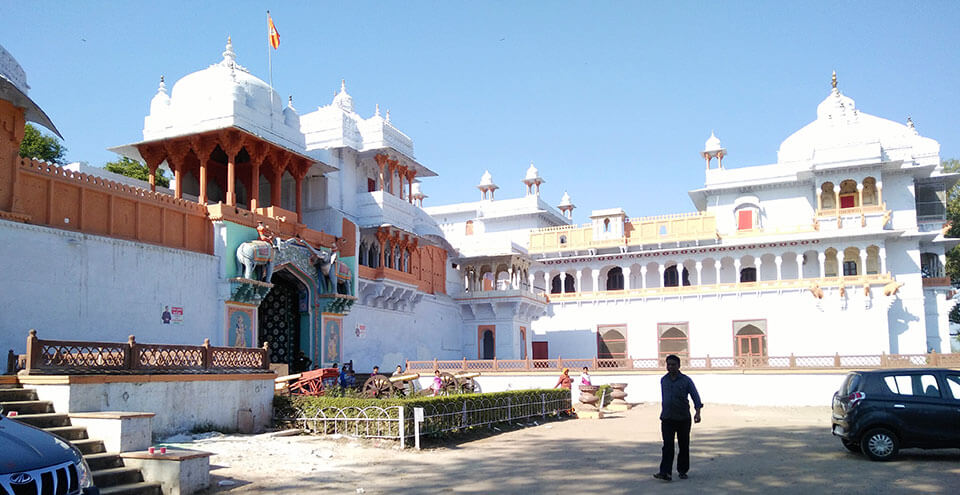
The foremost tourist attraction in Kota is the 'Garh'. This large complex, also known as the City Palace, is built in a predominantly Rajput style of architecture. The palace is a sprawling complex of suites and apartments built by different rulers of the Rajput dynasty at different times in history.
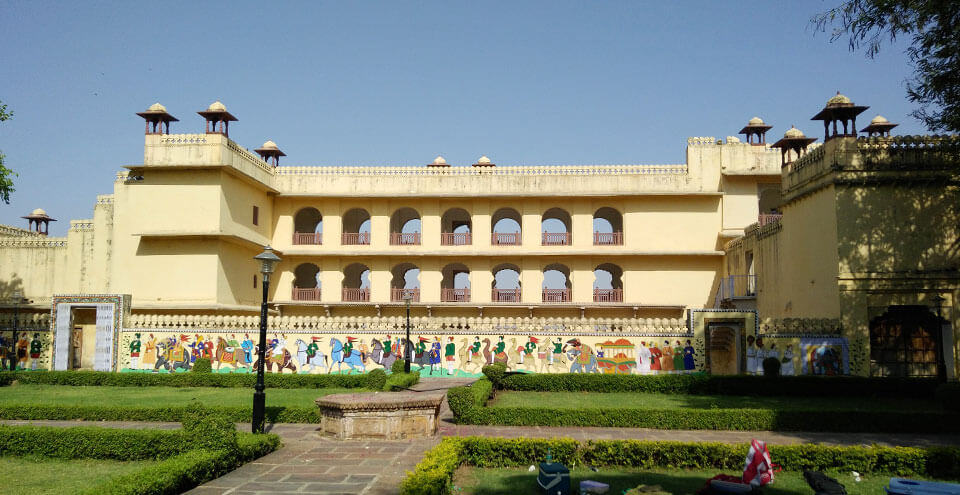
Located 8 kilometres away from Kota, on the banks of a tank, this medieval palace was the recreation spot of the rulers of Kota. It is where they went to enjoy the wildlife and natural beauty of the region. Close to Abheda Mahal is the temple of Karni Mata, the reigning deity of Kota.
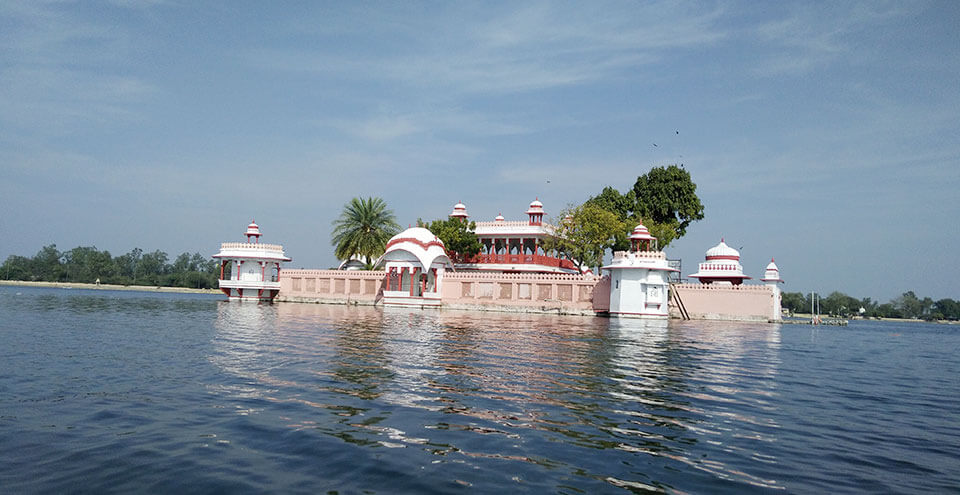
The Jagmandir Palace was built by one of the queens of Kota between 1743 and 1745, and is situated in the middle of the Kishore Sagar Lake. Built in red sandstone, it is a monument of exquisite beauty. The palace is open to tourists who can enjoy boat rides in the Kishore Sagar Lake and the panoramic view of the palace from the lake. The Keshar Bagh, situated near the Jagmandir Palace is well known for its royal cenotaphs.
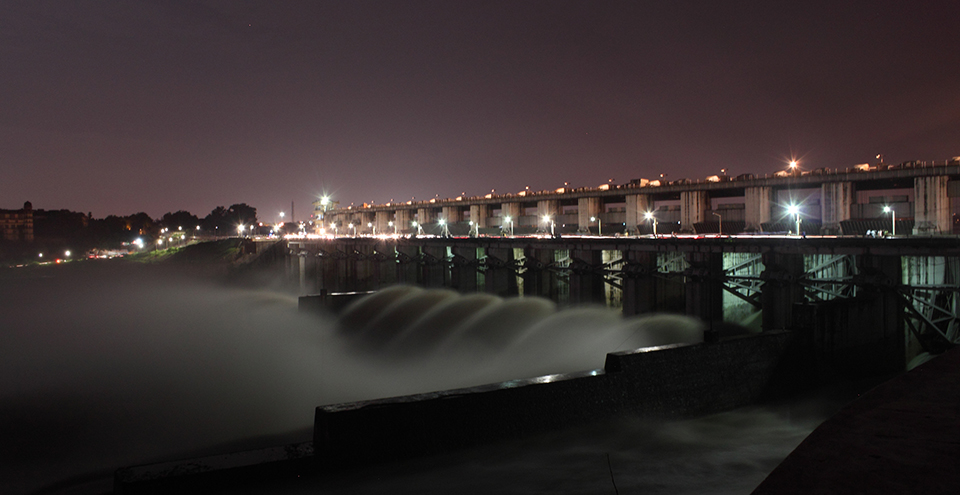
Kota Barrage is one of the most important water reservoirs in the Rajasthan state constructed over Chambal River. The Kota Barrage spreads over an area of 27,332 square kilometres, which makes it as large as Haiti! The mesmerizing view of water flowing through the gates with a great force makes it a popular tourist attraction. The Kansua temple of Lord Shiva, housing a rare four-faced Shiva lingam is a place of interest near the barrage.
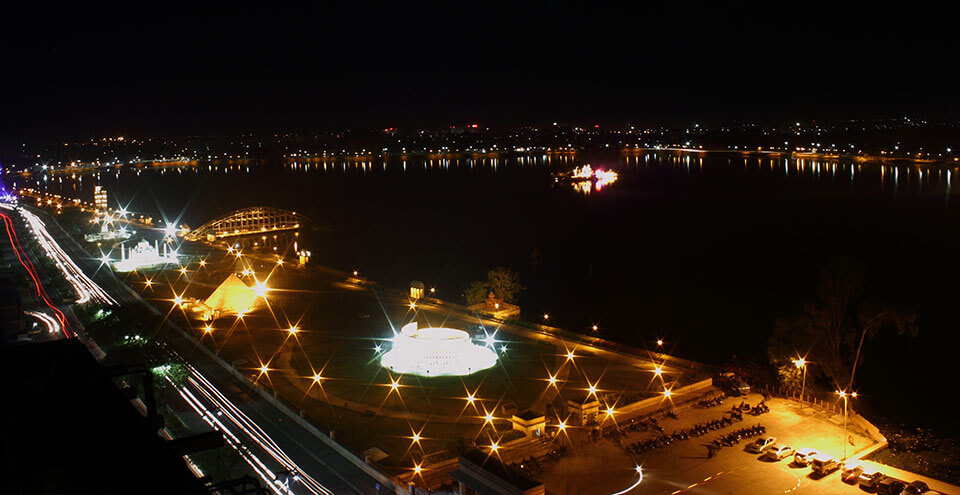
The Seven Wonder Park is a Rs. 20 crores worth project developed along the Kishore Sagar Lake at Vallabh Bari in Kota. A single visit to this park allows visitors to get a glimpse of the replicas of all the Seven Wonders of the World.
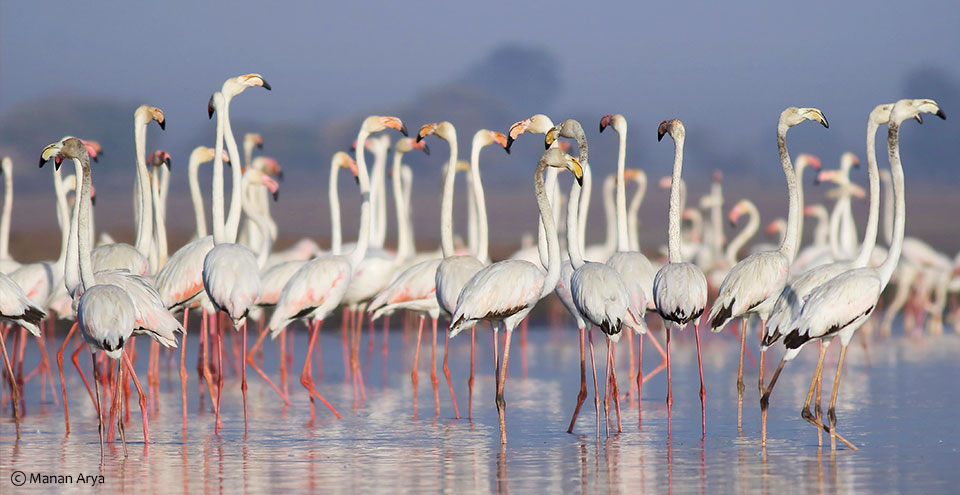
The Alnia Dam is one of the must-see attractions of Kota. It is renowned for the beautiful rock paintings that date back to the Upper Paleolithic age. Still in good condition, they adorn the bank of the river, making this place definitely worth a visit.
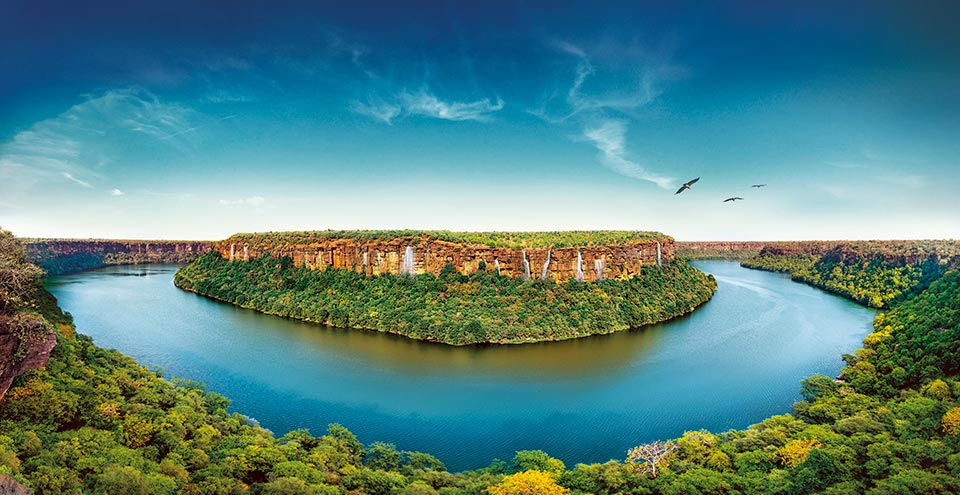
One can get a grand view of River Chambal from the Garadia Mahadev Temple. Situated on Dabi Road (NH 76), this temple provides an incredible view of the surrounding wilderness. It is a must visit, especially during monsoon.

The city is well connected with neighboring cities and districts and with major cities outside the state. National highway No.12 (Jaipur—Jabalpur) and National Highway No.76 pass through the city.National Highway No.76 is a part of East-West Corridor. The total road length in Kota district is 2,052 km. as of March 2011.
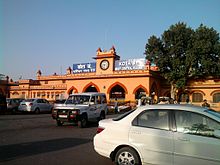
Kota is well connected to all the major cities of India with rail. Kota Junction is one of the divisions in West Central Railway. It is an important station on the New Delhi–Mumbai main line. There are four railway stations within Kota and in its vicinity. Another suburban station of South Kota city is Dakaniya Talav Railway station which has a stoppage of Avadh Express, Dehradun Express and Ranthambore Express

Airports Kota Airport after lot of efforts finally domestic flights have been started from Kota to Delhi and Jaipur . The nearest international airport is Jaipur International Airport situated 250 km away from Kota.